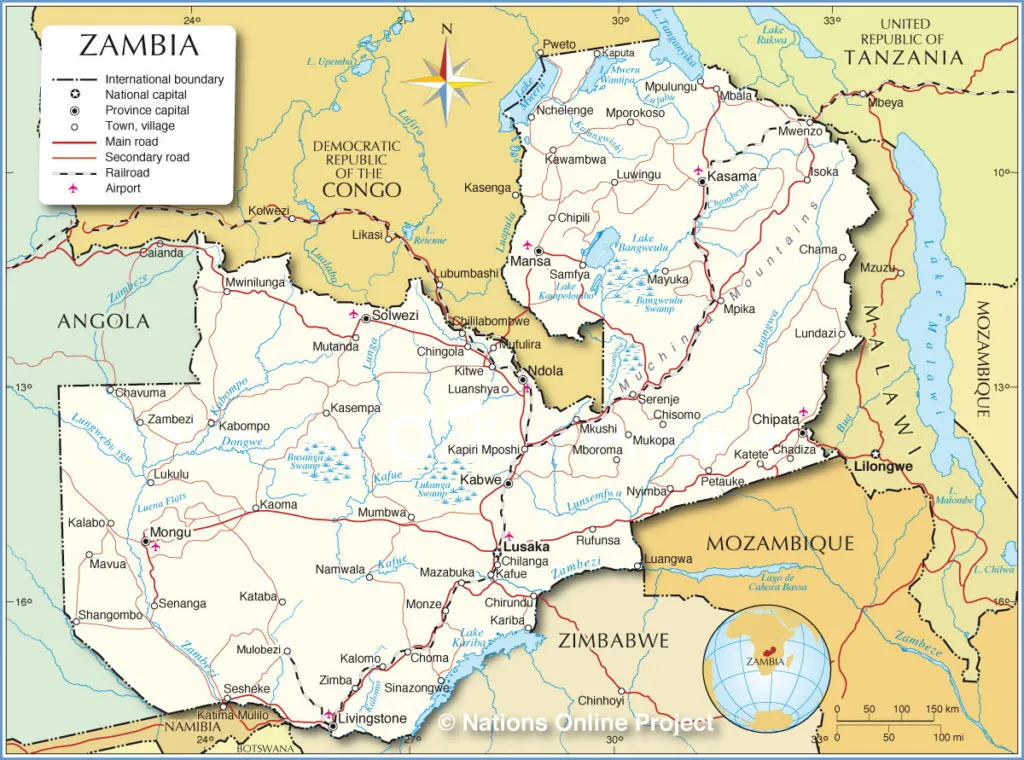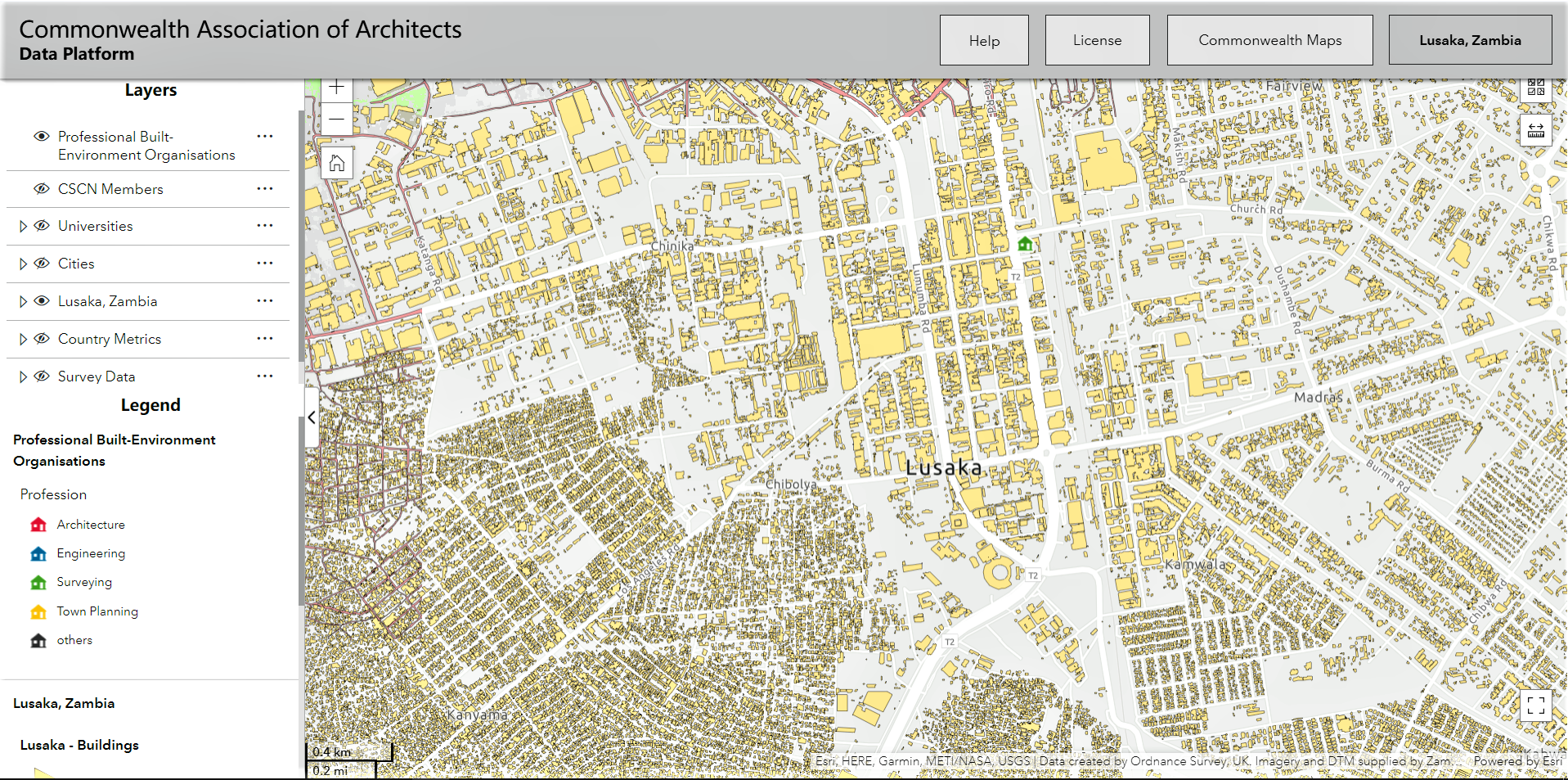
Cesium for Unreal Combines High Accuracy with Visual Realism
There’s no denying the value of a true digital twin. From planning and executing architecture projects to simulating security events, the ability to access and interact with a mirror image of the real world provides infinite possibilities for improving operations across industries.
Cesium for Unreal brings together Cesium’s 3D geospatial platform with the Unreal Engine game engine for a real-time and highly accurate digital twin environment.
A differentiator for Cesium’s platform is the precision and accuracy it brings to data fusion. It allows users to combine a massive database of terrain data, satellite imagery and 3D buildings with interior and exterior BIM data, vector data, photogrammetric data and point clouds. The platform combines all of this data and streams a digital twin.
The game-changing integration with Unreal Engine from Epic Games aggregates this multi-source data and disseminates it in a real-time, high-fidelity view. This highly realistic view supports immersive AR/VR experiences, modelling and simulation and GPU-accelerated 3D geospatial analysis.
If users want to test drive Cesium for Unreal, good news: it’s free and open source, even for commercial use. The hope from both Cesium and Epic Games is that this open approach will allow a community of users to form and improve the product together based on their experiences.
Real-world Use Cases for Cesium and Unreal Engine
Cesium for Unreal has unlimited potential to solve problems for users across a range of industries. Check out just some of the ways users are benefiting from the collaboration between Cesium and Unreal Engine.
Clear Skies Ahead in Helsinki
Sami Heinonen, an extended reality strategist and experience designer, was looking to create a flight simulator based in Helsinki, Finland, to use with various digital aircraft. He started with open-source databases, gathering lidar and 3D Obj-files from the city of Helsinki and the National Land Survey of Finland, along with grayscale TIFF images of land height data.
After cleaning up the images in Blender and Photoshop, Sami was left with a data-heavy and flat rendered image. He then recreated his project using the Cesium platform and Unreal Engine in less than an hour using drag-and-drop features.
The new version of Sami’s project offers a more realistic view that pulls data as needed for a real-world simulation at scale.
Bringing History to Life in Modern Times
Cesium for Unreal is currently being used by consulting firm Light Heavy Industries to visualize the history of Bethlehem Steel, once one of the world’s largest steel producers.
Called “Echo of Steel”, the project supports Pennsylvania’s National Museum of Industrial History in producing VR, conventional, and mobile AR views and sounds from the historic steel plant. Using Cesium for Unreal, the Light Heavy Industries team was able to add their models to Cesium World Terrain data in just hours.
An Up-to-date View of High-growth Areas
Nearmap provides high-resolution aerial maps covering 71-90 per cent of the population in the U.S., Canada, Australia and New Zealand. Their imagery is especially valuable for companies needing a view of large-scale urban areas with high population and infrastructure growth.
Because their 3D meshes have such large coverage areas, Nearmap uses the Cesium platform to only load 3D Tiles when needed for the user’s visualization. This has increased the accessibility and usability of the data for several industries and applications, including local government, water development, security and Smart Cities—and users can bring Nearmap data into Unreal Engine.
Preparing Drone Pilots for Operations
Shehzan Mohammed, product director at Cesium, demonstrated how Cesium for Unreal can be used to train drone pilots.
Using a high-resolution photogrammetry model from Aerometrex of Miami Beach, Florida, Shehzan changed the perspective of the demo from a person at street level to a drone soaring through the air. Because Cesium streams content, there was no hours-long wait to download the view like with a traditional gaming display.
Shehzan was also able to change the view from third-person (watching the drone fly) to first-person (viewing the scene through the drone’s camera lens), both of which could be used for training simulations.
A Look Inside the Data
Cesium for Unreal lets users take an immersive look into their 3D geospatial data. The platform streams data as needed, changing the view for the user in real time.
Cesium for Unreal is also the first high-precision globe in a gaming engine, combining real-world detail and accuracy with simulated environments.
To learn more about what you can achieve with Cesium for Unreal and how it’s compatible with other tools due to the use of open standards, be sure to check out the Geoawesomeness panel discussion with Cesium, Epic Games, and the Open Geospatial Consortium.








